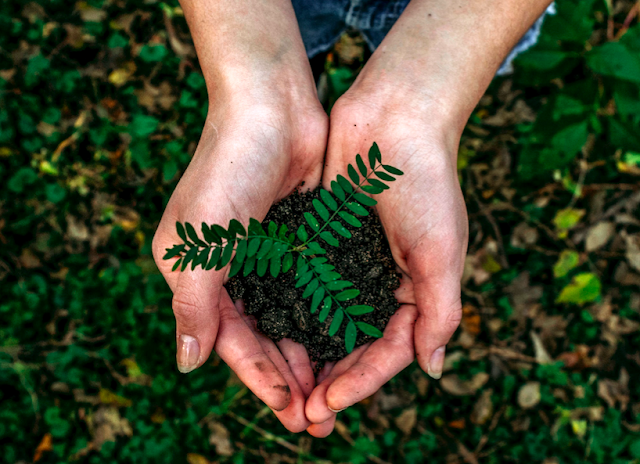Empowering Language Learners: Critical Approaches to SDGs
In an increasingly interconnected world, the Sustainable Development Goals (SDGs) offer a powerful framework for addressing global challenges. They provide a shared language for discussing crucial topics like fairness, planetary protection, and equitable access to education. However, in our urgency to integrate them, are we sometimes missing a deeper opportunity? This article proposes moving beyond a superficial "checklist" approach to the SDGs in language teaching, particularly for those in subsidiary language courses who might feel time-constrained. By embracing a more critical and relational pedagogy, we can transform SDG engagement from a managerial task into a truly transformative learning experience, empowering students to become critical thinkers, not just well-behaved global citizens. This approach aligns with calls from post-development thinkers like Arturo Escobar (2018), who urge us to question the "one-size-fits-all" Western idea of progress often em...



Comments
Post a Comment